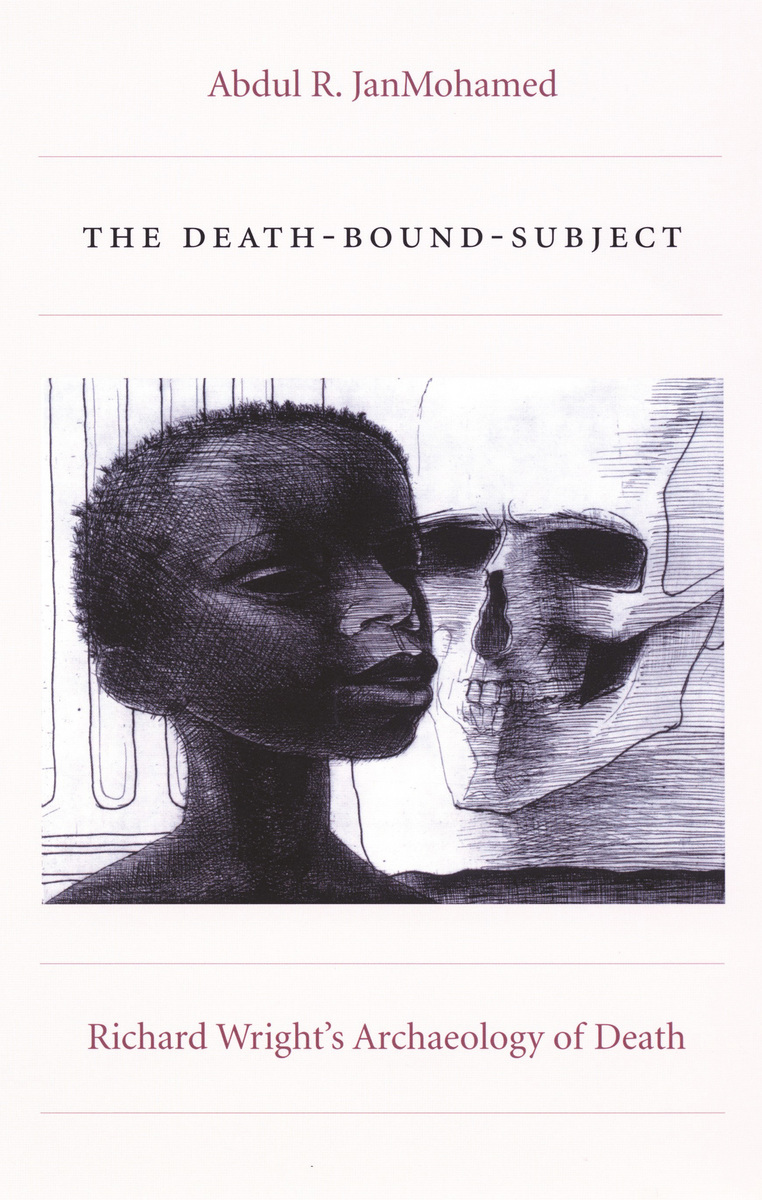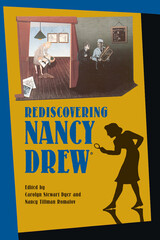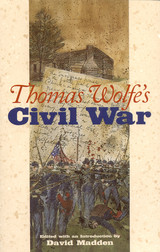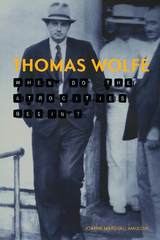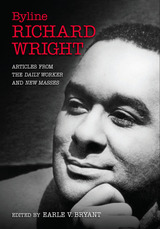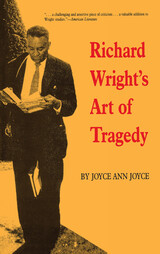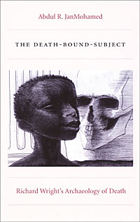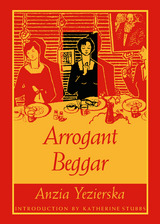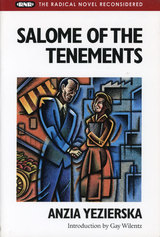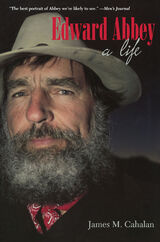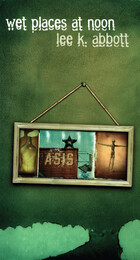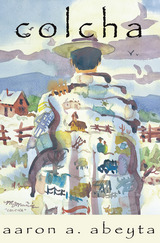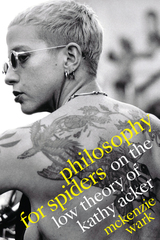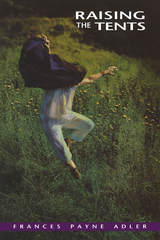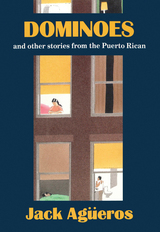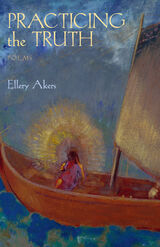eISBN: 978-0-8223-8662-9 | Cloth: 978-0-8223-3476-7 | Paper: 978-0-8223-3488-0
Library of Congress Classification PS3545.R815Z669 2005
Dewey Decimal Classification 813.52
Drawing on psychoanalytic, Marxist, and phenomenological analyses, and on Orlando Patterson’s notion of social death, JanMohamed develops comprehensive, insightful, and original close readings of Wright’s major publications: his short-story collection Uncle Tom’s Children; his novels Native Son, The Outsider, Savage Holiday, and The Long Dream; and his autobiography Black Boy/American Hunger. The Death-Bound-Subject is a stunning reevaluation of the work of a major twentieth-century American writer, but it is also much more. In demonstrating how deeply the threat of death is involved in the formation of black subjectivity, JanMohamed develops a methodology for understanding the presence of the death-bound-subject in African American literature and culture from the earliest slave narratives forward.
See other books on: African Americans in literature | Fish, Stanley | Jameson, Fredric | Slavery in literature | Violence in literature
See other titles from Duke University Press
